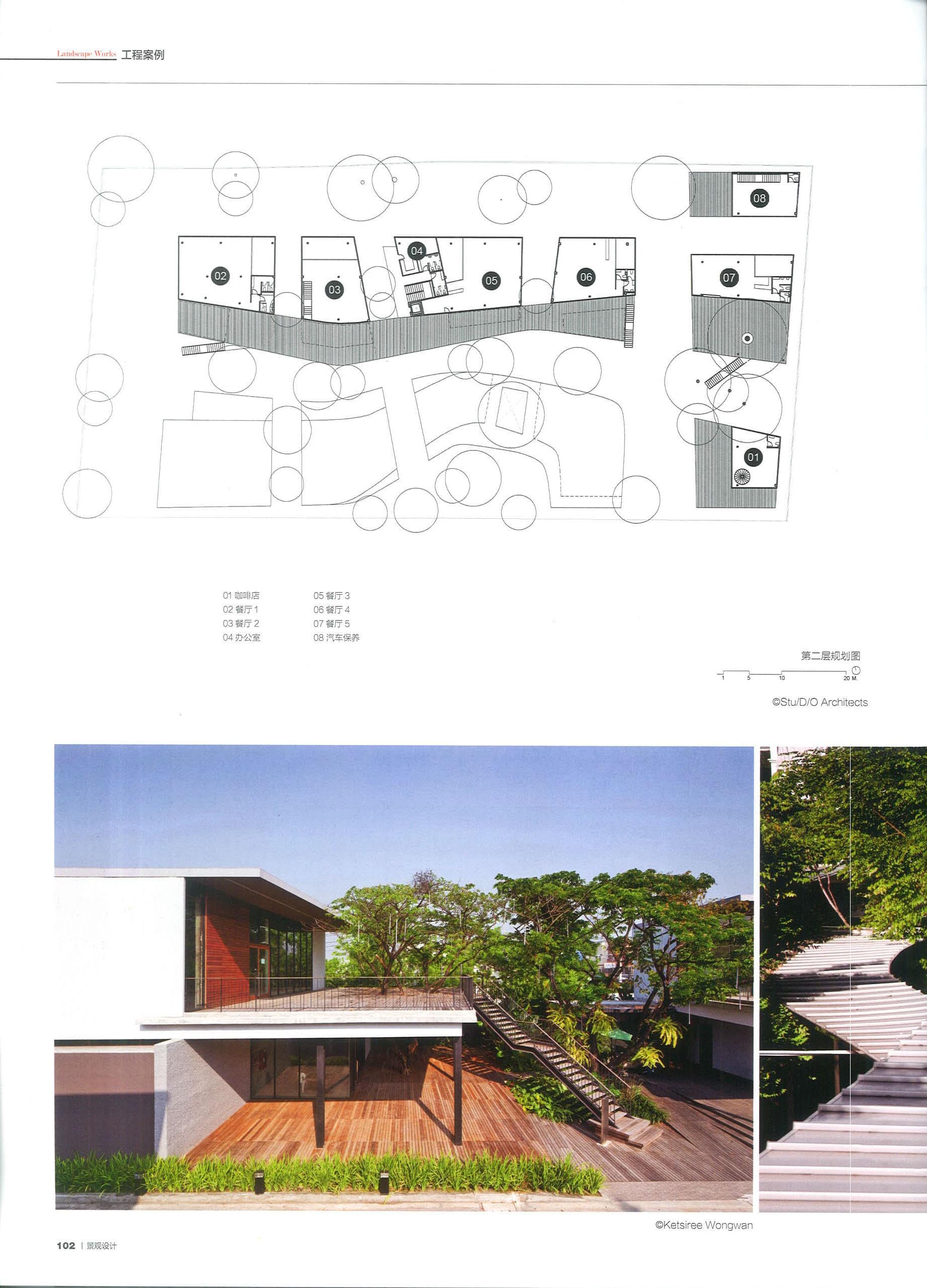

This means that you must consider ways to encrypt your data while it is at rest (in storage or databases) or in transit (within or outside of your network).
Securing your data will always be a requirement, now or in the future. Your architecture should be open enough to allow for various ways of accessing the data such as manual, APIs, and automatic extraction. Power users may be interested in access ing the data for advanced analytics purposes. End users may be interested in some canned reports. For example, developers will likely need a bility to trace the data to debug complex issues that may arise in a production environment. The access mechanism will depend on who the users are and what they will be using the data for. You must design a variety of ways to access the data wherever possible. APIs, Enterprise Service Bus or ETL tools are some of the ways to move data around into a staging area. If you want to keep your data architecture flexible than you must rendezvous various sources into a staging area before moving the data into a central storage (s). This is one of the most important part of the architecture and should be carefully thought through. Most IT organizations struggle from having a good technical solution that allow for all structures of data being stored and integrated in their architecture. Unstructured data usually are in the form of MS excel spreadsheets or MS word documents. Semi-structured data can take many forms such as a messaging bus, XML, JSON and CSV. Examples of structured data is typical relational database management systems like Oracle and SQL Server. A robust futuristic data store should allow for s tructured, s emi- s tructured and u nstructured data. This will allow you to create better quality of data into authorized sources of data. Your architecture should certainly have such a facility. This approval process can be automatic, based on certain threshold s or even run straight through. A w orkflow tool is a great way to integrate sources of data by approving it into a staging area. The key is to make sure you have given thought regarding what sources are important to your business. #Blueprint architecture magazine manual#
The consumption can come in many forms including but not limited to Enterprise Service Bus, APIs and manual imports. An example of external data would be a Twitter feed. An example of internal system would be an ERP system. The architecture should account for being able to consume data from i nternal systems and be able to integrate e xternal data.

Think of th e blueprint in terms of following acronym : SAS times 4 i.e. This blueprint is totally flexible and can be adopted at a pace which is palatable to the business. In this article, I will provide you with key ingredients for a blueprint that will allow IT shops to setup architectures for such systems. W hile data forms the heart and soul of all businesses, many IT shops do not quite have a vision of what the data architecture should look like to really meet the business demand for futuristic flexible information generating system. To make things further interesting, businesses prefer flexibility and options in the way information is generated and used. Ensuring data translates into meaningful information is what matters at the end of the day, as u ltimately i nformation is what is used to make decisions by the businesses.






 0 kommentar(er)
0 kommentar(er)
